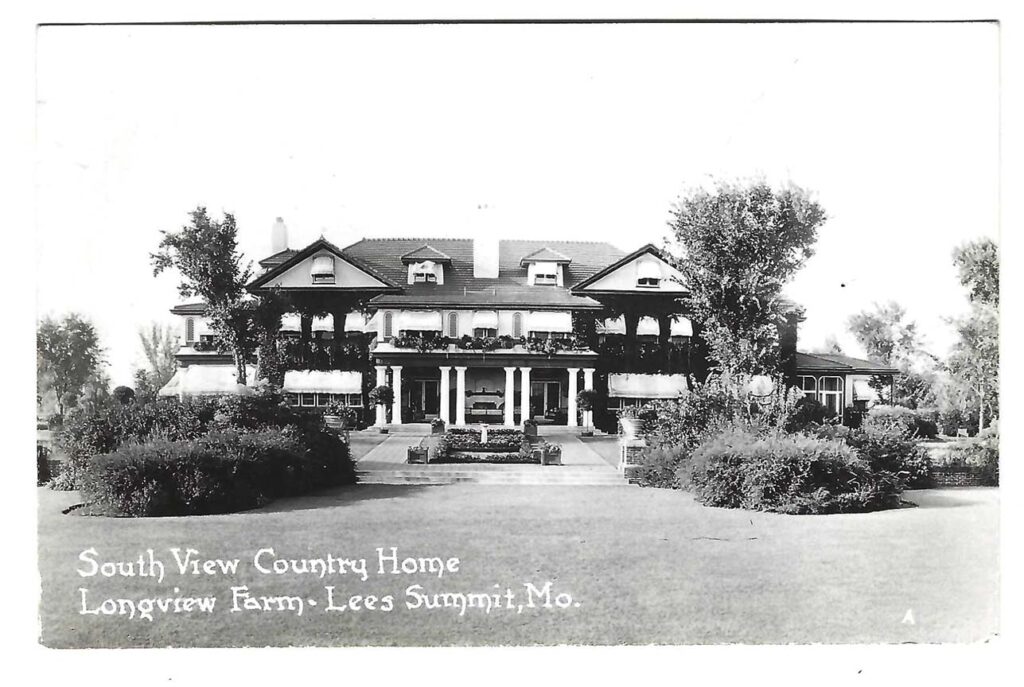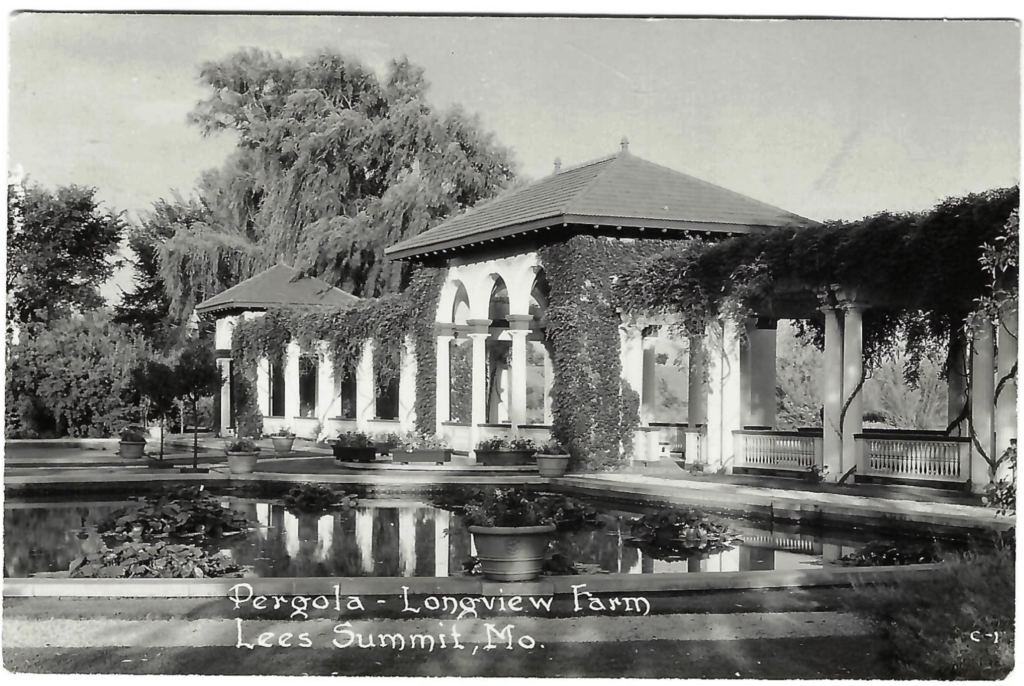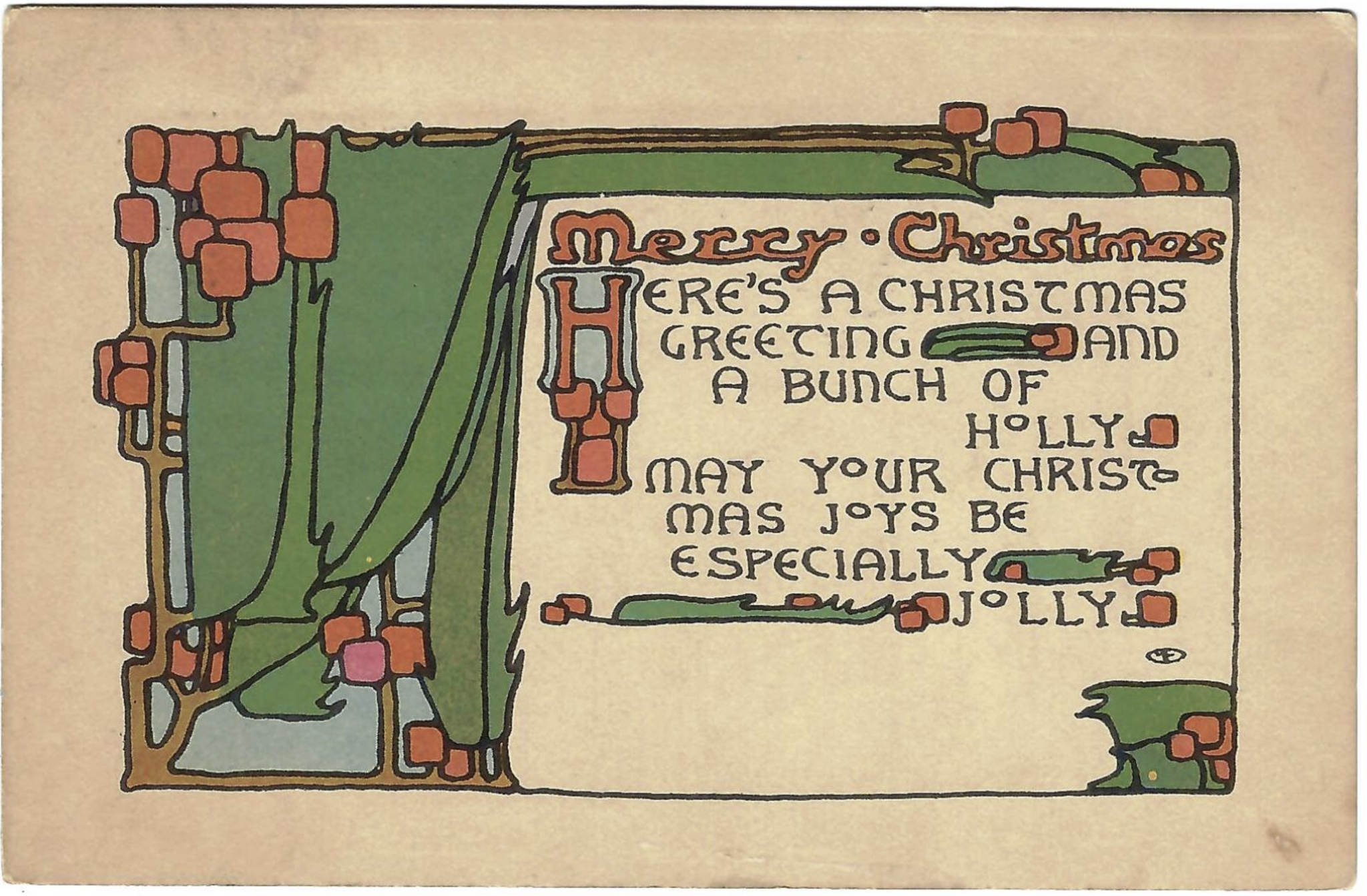
Michael Bushnell
Publisher
Shortly after lumber baron Robert A. Long completed his palatial Gladstone Boulevard mansion in 1910, he began to assemble large tracts of what was then farmland just to the west of the sleepy hamlet of Lee’s Summit, Mo.
The country home, along with 50 other farm structures, was constructed in just 18 months between 1913 and 1914. Roughly 50 Belgian craftsmen and close to 200 Sicilian stone masons were among the 2,000 workers employed to turn 1,700 acres of “scrub” into one of the most beautiful working farms in the country.
The farm also offered Long’s daughter Loula the opportunity to exercise her growing stable of prize-winning horses. This real photo postcard shows the north view of the Long family’s country home. The postcard was not postally used and was part of a series of real photo postcards published during the early 1920’s of Longview Farm.

Loula and her husband Robert Pryor Combs lived at Longview for over 60 years as she competed in and won international horse shows in New York, Canada and England. She became known as the Queen of the American Royal and is in the Madison Square Garden Hall of Fame. All of her prize-winning horses were raised and trained at Longview Farm, including her favorite, Revelation, whose grave marker is in front of the Show Horse Arena.
Today, much of the farm is gone, subdivided into park land, Longview Lake and a “new Longview” development of walkable neighborhoods filled with homes and shops.
The old Show Horse Arena was masterfully transitioned into the Longview Farm Elementary School in 2002-03, opening for students for the 2004-05 school term. The campus is named for Loula Long Combs and the school mascot is the Stallion.
The family mansion remains and has been transformed into an event center catering to weddings and other celebrations. The chapel also remains as the Longview Chapel Christian Church, holding services every Sunday.
Gone are the worker’s cottages, the hospital barn, the hog manager’s residence and most of the other outbuildings that once dotted the countryside just west of Lee’s Summit on what was known far and wide as the world’s most beautiful farm.

















